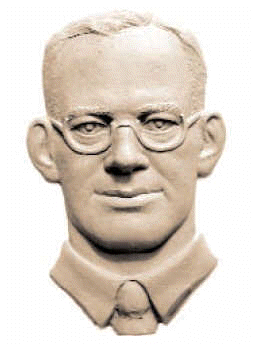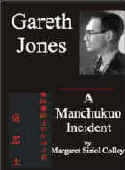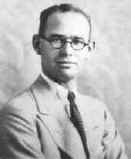Gareth Jones
[bas relief by Oleh Lesiuk]
HOME |
Stop Press |
Complete Soviet Articles & Background Information |
Précis of Gareth's
|
All Published Articles |
BOOKS
|
|
|
|
More Than Grain of Truth(2005) |
|
|
TOPICAL
'Are you Listening NYT?' U.N. Speech - Nov 2009 |
Gareth Recognised at Cambridge - Nov 2009 |
Reporter and the Genocide - Rome, March 2009 |
Order of Freedom Award -Nov 2008 |
Premiere of 'The Living' Documentary Kyiv - Nov 2008 |
Gareth Jones 'Famine' Diaries - Chicago 2008 |
Aberystwyth Memorial Plaque 2006 |
GENERAL
Scholarship Fund |
Site Map |
Links |
Legal Notices |
Sponsored Links |
Contact |
The Western Mail 20th July,1933Craftsmen of Wales THE CORACLE BUILDER OF CENARTHIndustry That Dates From Pre-Roman TimesBy GARETH JONESWelshmen of the rural districts can hardly forget the village smiths - the smith a mighty man - and the flying sparks, the big bellows, and the crisping of horses’ hooves under hot shoes. But to have been, and even now to be, a child in Cenarth was to know and is to know a greater joy in a smithy, for Mr. David Jones y Gôf is also a coracle craftsman, and to-day from the rafters of his shop hangs the wooden frame of a coracle - the type of which glided on the Teify before the Romans came; and even to day the coracles are on the river. Mr. Jones showed me the coracles of Cenarth. From the uncompleted skeleton of that wisp of a boat in the blacksmith’s shop which his son was building be took me to a coracle outside which stood near the rusted remains of several ploughs. CALICO COVERINGHe showed me how the calico which covered the framework is painted with pitch. Then he instructed me in the way to carry the coracle. He put it on his back, with the handle which stretches over the seat round his neck. Its weight he informed me, was 35-401b., its length some 5ft., and its breadth about 3ft. “How long does it take to build a coracle?” I asked. “A man, if he is a good craftsman, can build a coracle in a day,” he replied. “How long does one last?” “Well, we have to have one each season. Sometimes they last two seasons, but the wood gets rotten.” “And what is used to build them?’ The frame is made of ash ……….. Photo To be insertedWater by Cenarth Bridge while he told me of the salmon they caught.“Now come and see the Falls,” he said, and took me near the bridge to Ffarm y Melinydd (the Miller’s Farm), from which one sees one of the finest sights in Wales. The sun shimmered in the Teify Valley, and by the falls stood an old mill. The mill wheel was covered with moss, but was still ready to move into action whenever the sluice gates were opened. SAM JONES THE MILLER“Let us find Sam Jones,” said David Jones. We found him, a strong, well-built man, who welcomed us to the mill. “It is 180 years old,” he said. We went in, to find sacks of flour ready to be taken away. Climbing to the upper floor, we stood by, the mill-stones near the upper shaft. Mr. Sam Jones turned a wheel, which raised the sluice below. We heard the water churning, the upper shaft gave a sudden jerk and started moving slowly around, its movement turning a round stone which ground barley against stationary stone. The flour thus produced fell down to the lower floor as barley meal. Another machine in the mill is the flour-dresser, which makes the flour finer. I wondered as I saw the mill working how many such mills were still working in Wales and where they were. Perhaps readers would send any information which they have on this matter. Cenarth is still rich in the crafts end trades of old Wales. The blacksmith, the miller and the coracle-maker still work in that Cardiganshire village. Relics of their crafts will always remain in Wales, because David Jones has helped Mr. Iorwerth Peate to setup in the National Museum of Wales a smithy which is now being prepared and a coracle can also be seen in the museum. |
GARETH JONES (1905 -35) |




